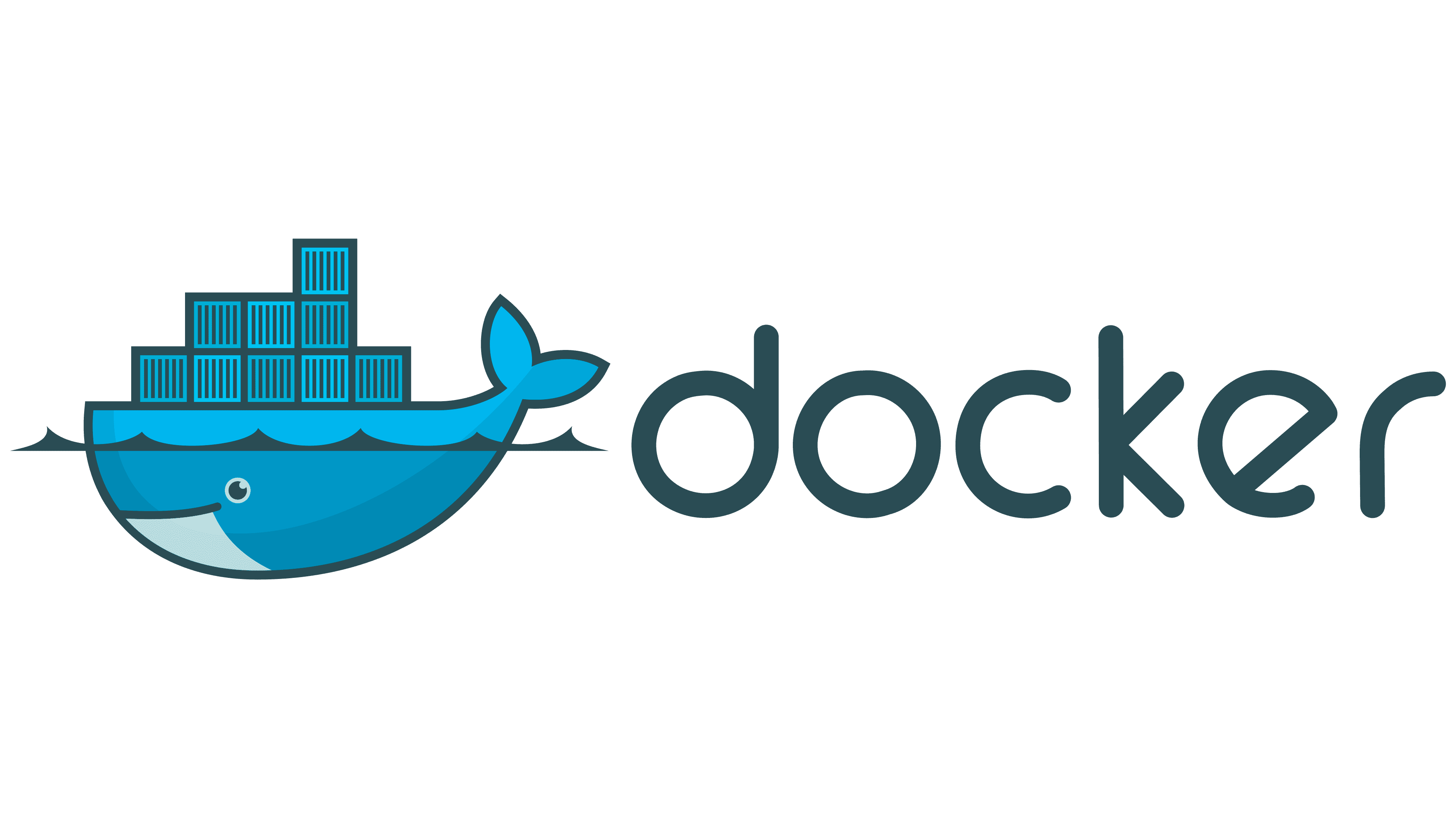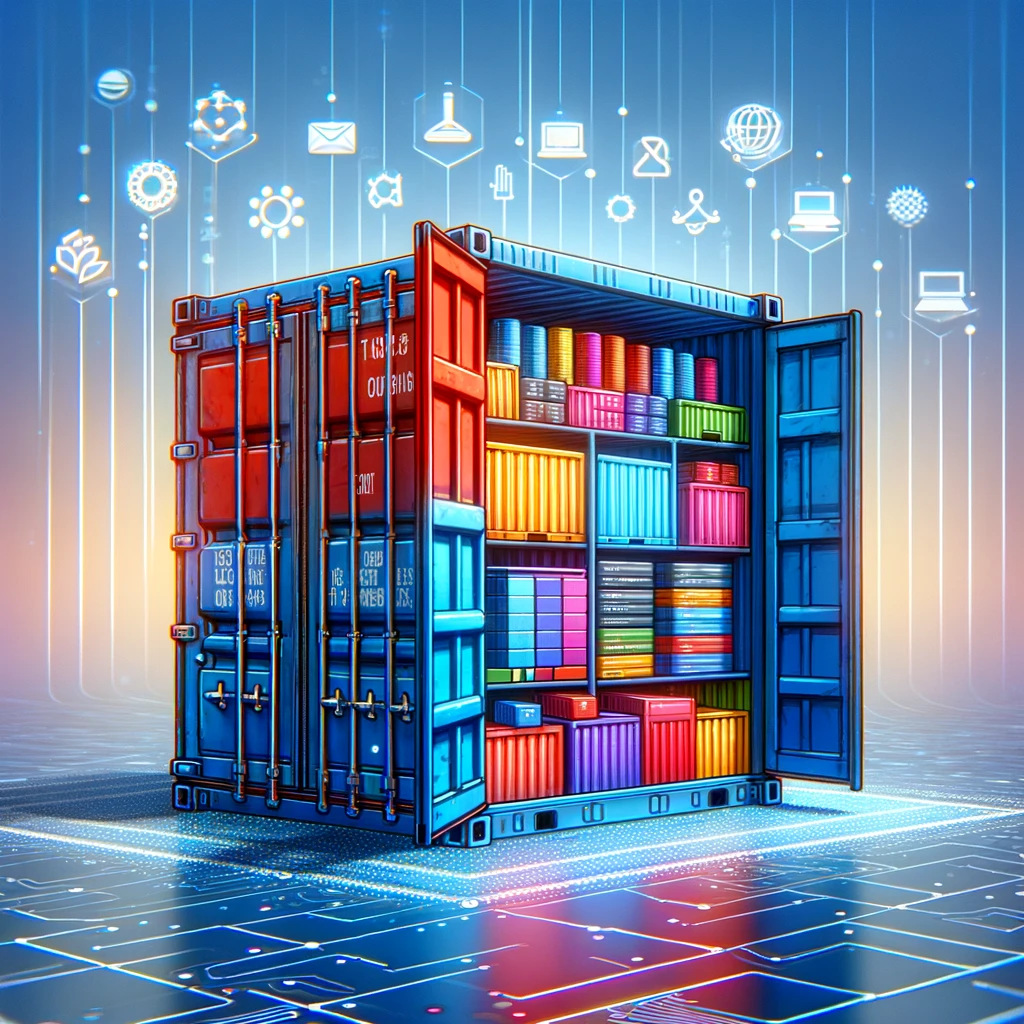Mastering Docker
This article introduces Docker for beginners, focusing on data engineering applications. It covers Docker's essentials and demonstrates setting up a PostgreSQL database and Python environment, ideal for those with basic Docker and programming knowledge.

Understanding Docker: A Beginner’s Guide
Introduction to Docker
Docker is an open-source platform that has revolutionized the way we build, deploy, and manage applications. It uses containerization technology to make applications more efficient, portable, and scalable. But what does this all mean. Let’s break it down.
What is Containerization? Imagine your application as a package that needs to be shipped. In the world of software, this package not only includes the application itself but also the libraries, dependencies, and other necessary components to run it. In traditional shipping, we use containers to transport goods efficiently; similarly, in software, we use containers to encapsulate everything our application needs. This ensures that it runs the same way, regardless of where it is deployed.

Core Components of Docker
- Docker Engine: The core of Docker, responsible for creating and running Docker containers.
- Docker client: The Docker client is a command-line interface that allows users to interact with the Docker daemon.
- Docker daemon: The Docker daemon is a background process that manages Docker containers.
- Docker Images: Blueprints for containers. An image includes everything needed to run an application - the code, a runtime, libraries, environment variables, and configuration files.
- Docker Containers: Instances of Docker images. They are the running applications packaged with all their dependencies.
- Docker Hub: A public repository for Docker images, where you can find and share container images.
- Docker registries: Docker registries are central repositories where Docker images can be stored and shared.
- Docker networking: Docker networking allows Docker containers to communicate with each other and with the outside world.
- Docker storage: Docker storage provides a way to store and manage the data used by Docker containers.
Use of Docker in the Data Engineering:
Let’s Build a simple data engineering project using Docker where we set up a PostgreSQL database and use Python for data processing. This project will demonstrate key Docker functionalities like writing Dockerfiles, building images, running containers, and setting up a multi-container environment with Docker Compose.
Prerequisites
- Install Docker: Ensure Docker is installed on your system.
- Basic Knowledge: Familiarity with command line, Python, SQL, and the basics of Docker.
Project Overview To set up a PostgreSQL database and a Python environment for data processing.
Components:
- PostgreSQL Docker Container - For our database.
- Python Docker Container - For running our Python data processing scripts.
